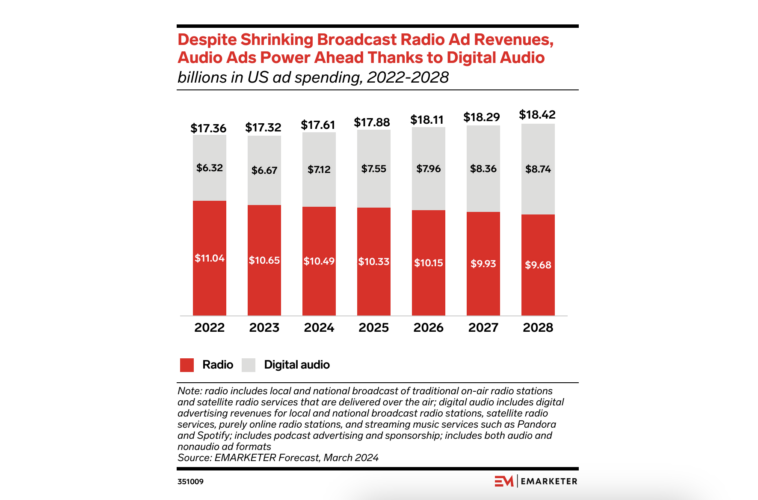According to eMarketer’s March 2024 forecast, US digital audio ad spend is projected to reach $7.12 billion this year. This represents a significant share of the overall audio ad spend, as traditional broadcast radio advertising continues its decline.
Digital audio’s ascent is evident in its share of the market. It is expected to account for 40.4% of audio’s total ad revenue, which is estimated at $17.61 billion for the year, as outlined in eMarketer’s Digital Audio Ad Spending Forecast and Trends Q2 2024 report. This shift towards digital platforms reflects changing consumer behaviors and preferences.
The transition from traditional broadcast to digital audio has been gradual yet consistent. Unlike television, which experienced a more abrupt shift to digital platforms, audio’s evolution has been influenced by the early popularity of devices like iPods and the advent of streaming services. These innovations laid the groundwork for the digital transformation of the audio ad market.
Despite its growing prominence, audio advertising remains somewhat underappreciated in the broader advertising landscape. While consumers are projected to spend 21.4% of their total media time listening to audio this year, ad spend in the audio sector accounts for only 4.5% of total advertising spending in the US. This discrepancy suggests that there is significant potential for growth and investment in audio advertising.
The versatility and accessibility of digital audio present advertisers with unique opportunities to engage with their target audiences. With the proliferation of smartphones and connected devices, consumers have unprecedented access to streaming platforms, podcasts, and other digital audio content. This allows advertisers to reach audiences in diverse contexts and environments, from commuting to exercising to relaxing at home.
Moreover, digital audio offers precise targeting capabilities, enabling advertisers to deliver personalized messages based on factors such as location, demographics, and listening preferences. This level of specificity enhances the effectiveness of advertising campaigns and increases the likelihood of engagement and conversion.







Comments
Loading…